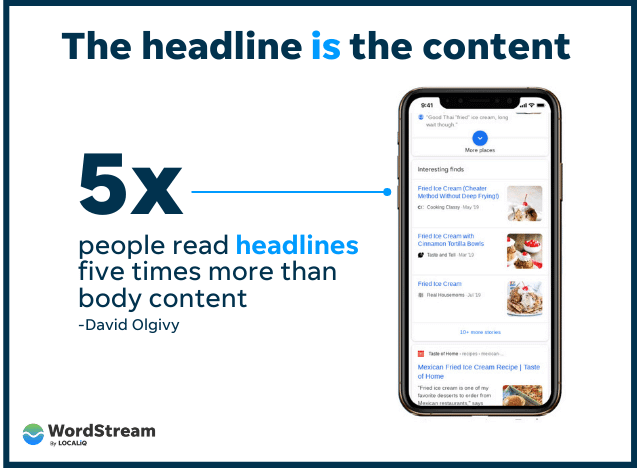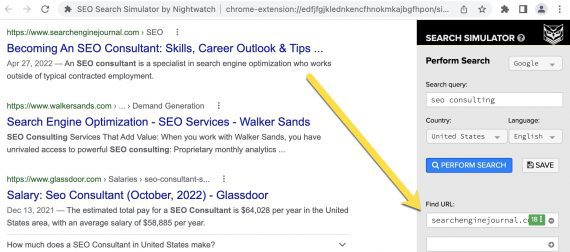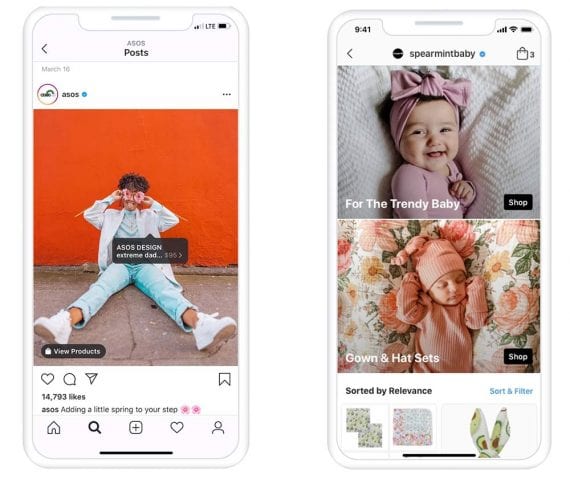Currently, Apple’s only ad slots in the App Store pertain to search: one on the main search tab and one in search results. As you’ll know from our coverage of Alphabet and Amazon’s recent results, search is a great business to be in because users just tell you what they want, obviating the need for large data sets and complex machinery to effectively target ads. Apple’s new offerings are fundamentally different from its current offerings in that they’re higher-funnel, demand generation units as opposed to the intent harvesting its search ads accomplish. There is little doubt Apple realizes that, having broken 3rd-party demand generation ads for everyone else with ATT, it has a major opportunity to reconstitute digital demand generation as a first party. | 9to5Mac
Credit: Apple
One might add that that critical user data used to be widely available, principally in the form of the IDFA, Apple’s mobile ad ID; it mostly went away last spring with the release of iOS 14.5 and App Tracking Transparency. Apple seems to now be reconstituting the same ad tech stack, this time within its garden and collecting the ad revenue for itself. | Digiday
In case the logic weren’t obvious, a senior officer at PubMatic spells it out:
We told you last fall that Apple’s ads business more than tripled its share of promoted app installs in the six months since the implementation of App Tracking Transparency, and we pointed out at the time that Apple is ideally positioned to exclusively offer a privacy-centric targeted advertising solution because, among other things, it is not a third party in the iOS ecosystem and thus is not affected by the restrictions it has imposed on everyone else. As you’ll see directly below, Apple just announced in its Q2 earnings that its Services segment – which includes its ad business – grew much faster than the business overall, with advertising specifically highlighted as a growth driver.
Over the years, Apple has built a vast walled garden of connected products and Apple services. What connects all these products and services creating seamless consumer experiences is user data. Apple building their own DSP is the next logical step in this evolution. They have been building their advertising business behind the scenes, leveraging their scale and ecosystem assets.
UPDATE – It’s being reported today that Apple is building its own demand-side platform (DSP). Based on recent job postings for experienced DSP product managers who have “experience building a mobile demand side platform” and “have successfully developed and launched advertising related products for audiences in the hundreds of millions,” the reports suggest Apple is in the process of crossing the Rubicon in becoming a major player in the digital ad game.
Given all this, we should not be totally surprised by last week’s announcement that Apple is expanding its advertising offering by adding two new ad slots – on the ‘Today’ homepage and to individual app pages – to the App Store:






